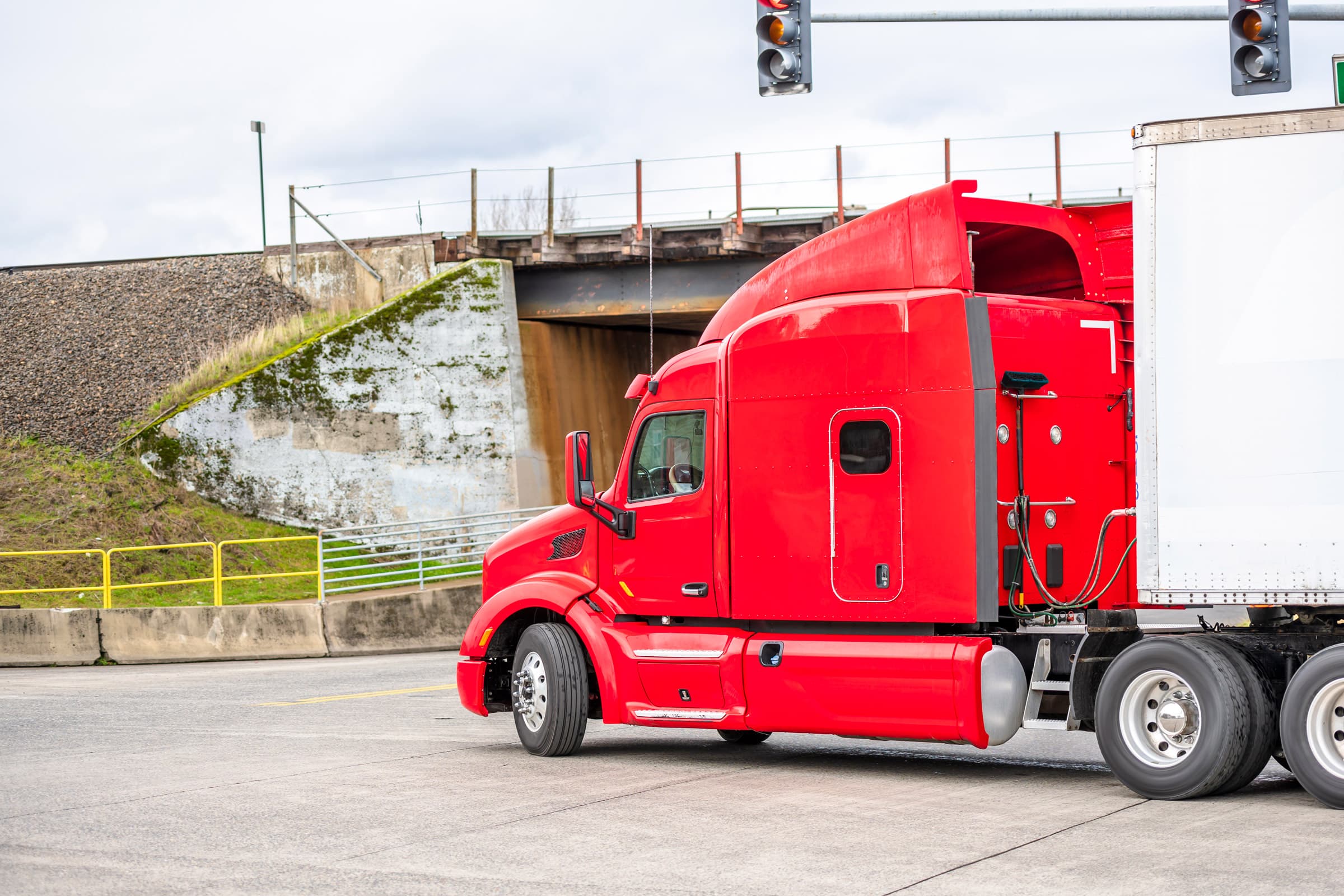Understanding and Preparing for Roadside Inspections

Roadside inspections are a part of the trucking industry, but drivers can play a big role in determining the frequency with which they occur. Three factors that commonly trigger roadside inspections are the environment, the condition of the truck, and the driver’s behavior.
Read the information below and ask yourself if there are actions you can take to reduce the likelihood of a roadside inspection and violations.
RECOGNIZE THE HAZARDS

ENVIRONMENT
Roadside inspections may increase during periods of increased enforcement, such as during the annual CVSA Roadcheck campaign. A driver and employer’s Safety Measurement System (SMS) can also draw unwanted attention and trigger an inspection.

equipment
The condition of the tractor and trailer, both inside and out, can draw an inspector’s attention. Improper cargo securement, visible defects, missing placards, and a cluttered cab can trigger an inspection.

Personal behaviors
Speeding, tailgating, abrupt lane changes, and making U-turns are examples of unsafe driving behaviors that draw the attention of inspectors. Additionally, not wearing a seatbelt, a disheveled appearance, and being unable to provide required paperwork (or filling it out incorrectly) invite scrutiny.
KNOW THE DEFENSE
Utilize the essential 7 driving techniques
-
- React properly to hazards.
- Avoid distractions.
- Be attentive to the road ahead.
- Maintain proper following distance.
- Observe proper speed for conditions.
- Maintain one lane.
- Yield the right of way.
Other Tips
-
- Conduct a thorough pre-trip inspection and fix defective items before driving.
- Ensure all occupants are wearing proper restraints.
- Place emergency warning signs around the vehicle within 10 minutes of stopping.
- Keep the vehicle’s interior and exterior clean.
- Secure cargo properly.
- Ensure the trailer has the proper placards in use if hauling hazardous materials.
- Be polite to the inspector.
- Be well-rested, groomed, and cleanly dressed.
- Keep logs current and properly annotated.
Note: These lists are not intended to be all-inclusive.
The information in this article is provided as a courtesy of Great West Casualty Company and is part of the Value-Driven® Company program. Value-Driven Company was created to help educate and inform insureds so they can make better decisions, build a culture that values safety, and manage risk more effectively. To see what additional resources Great West Casualty Company can provide for its insureds, please contact your safety representative, or click below to find an agent.
© Great West Casualty Company 2020. The material in this publication is the property of Great West Casualty Company unless otherwise noted and may not be reproduced without its written consent by any person other than a current insured of Great West Casualty Company for business purposes. Insured should attribute use as follows: “© Great West Casualty Company 2020. Used with permission by Great West Casualty Company.”
This material is intended to be a broad overview of the subject matter and is provided for informational purposes only. Great West Casualty Company does not provide legal advice to its insureds, nor does it advise insureds on employment-related issues. Therefore, the subject matter is not intended to serve as legal or employment advice for any issue(s) that may arise in the operations of its insureds. Legal advice should always be sought from the insured’s legal counsel. Great West Casualty Company shall have neither liability nor responsibility to any person or entity with respect to any loss, action, or inaction alleged to be caused directly or indirectly as a result of the information contained herein.




